Car colors have historically been dictated by current events, the national mood, technology and cultural influences, resulting in decades of brilliant shades. More recent times, however, have seen muted tones become the most popular car colors.
A look back in history shows us how we got to the common car colors we have today.
The History of Car Paint Begins
Any customer can have a car painted any color that he wants, so long as it is black.
Henry Ford
Automobiles in the late 1800s and early 1900s were essentially motorized carriages, and so they were painted just like their transportation predecessors. This meant using oil-based paint applied by hand. Most cars were painted black because the color was durable, cheap and dried quickly.
But there were problems with both the color and the application of early car paint. Even though it provided a luxurious, brilliant finish, painting a car took weeks to complete. In addition, the black paint would often fade or yellow. Since the paint had no binding agent, when discoloration occurred, the car had to be repainted, which cost money.
Despite Henry Ford’s famous words, not all Model Ts were painted black. In fact, from 1908 to 1914, the car came in several different colors. But when Ford implemented the assembly line manufacturing process, he needed a paint that dried quickly, thus the switch to black.

Duco Paint
A major milestone in the evolution of car paint history occurred in the 1920s when the DuPont company developed a new type of automotive coating. DuPont scientists modified nitrocellulose, a substance used to make explosives and motion picture film, to create a low-viscosity lacquer that could be sprayed onto automobiles. This new paint, dubbed Duco, had numerous benefits over previous versions of car paint.
According to the Science History Institute, “Traditional varnishes chipped, cracked, crazed and faded; Duco lacquer was almost invincible. It tolerated air, sun, rain, mud, dampness, heat, cold, salt water, bacteria, perspiration, dirt, soaps and detergents. Most low-end finishes came in few colors, while Duco made available a rainbow of hues.”
General Motors was the first manufacturer to adopt Duco (at the time, GM and DuPont were under the same leadership). GM’s Oakland Motor Car Company painted its cars with two different shades of blue and a red or orange racing stripe, and debuted them at the 1923 New York Auto Show. The colors were an immediate hit with the public and by the mid-1920s all GM divisions were using Duco.
Car Color in the Roaring ’20s
The economic boom of the 1920s saw the rise of automobile ownership, which invited a broader spectrum of car colors and a variety in shades. Although the Great Depression reduced the abundance of colorful vehicles, it didn’t deter the evolution of car paint.
In the 1930s, newly created metallic paint gave vehicles an improved sheen. (Automobiles were also becoming less box-like, and the new paint helped enhance the curved forms.) Metallic paint was first made using real fish scales. It took 40,000 herring to make one kilo of paint, according to Consumer Reports. Less expensive versions of the paint used aluminum flakes instead.
Post-War Car Paint
The end of World War II saw a boom in consumption and style, with automobiles at the forefront. By this time nearly all the large automakers had color advisory panels that surveyed consumers’ tastes and studied color trends in fashion and culture. Cars became flashier with features like tail fins, curved windshields and, of course, bright colors. In addition to the copious amounts of chrome, automobiles were painted in all shades of the rainbow. Two-tone arrangements, where a car’s body and roof were painted different colors, also became popular.
The color trend continued well into the 1960s with the emergence of muscle cars. These cars have always been more about performance than pragmatism, lending themselves as better canvases for brightly colored paints.
The color trend came to a quick halt during the fuel shortage of the 1970s. During this time, car owners became more concerned with fuel efficiency and car color took a back seat. Earth tones like brown, tan and dark green became popular.
What Is the Most Popular Car Color Today?
The current color situation on United States’ roadways is not very colorful at all. “If you drove down an American street and looked only at the new vehicles, you might be forgiven for thinking you’re in a black-and-white movie,” described Volkswagen.
No one can argue with the truth. A recent study on popular car colors by iSeeCars found that 25.8% of the 6.1 millions vehicles analyzed were white and 22.3% were black. Even more sobering if you’re a fan of colorful hues is that the next two most popular paint colors, at 18.4% and 12.1%, were gray and silver. This isn’t an anomaly: These have been the most common car colors for a decade.
Why Are Muted Tones the Most Popular Car Colors?
It wasn’t too long ago, from the 1950s through the 1970s, when U.S. roadways were filled with automobiles of all shades of the color spectrum. So why the change? “Color is always shifting, and our color perception is always evolving depending on what we see, what we observe and what we live with,” said Volkswagen Senior Color and Trim Designer Jung Lim “Limmy” Park. “Color preferences really reflect the unique social and cultural trends and even geography [of a region].”
There are a number of social and cultural theories as to the prevalence of more somber car colors in America. We are currently living through the second significant recession in about a decade. During times of economic uncertainty people tend to be conservative with their money. And while a different color on your car may not increase its cost, the mindset of keeping things simple and avoiding anything flashy has been known to carry over. A similar trend occurred following the Great Depression nearly a century ago.
As for cultural influences, there are some that suggest our car color choices are defined by our obsession with technology. Apple is the world’s most valuable company and its muted-color logo is recognized around the world. “Prior to Apple, white was associated with things like refrigerators or the tiles in your bathroom,” Sandy McGill, chief designer for BMW DesignWorks told Motoramic.com. “Apple made white valuable.”
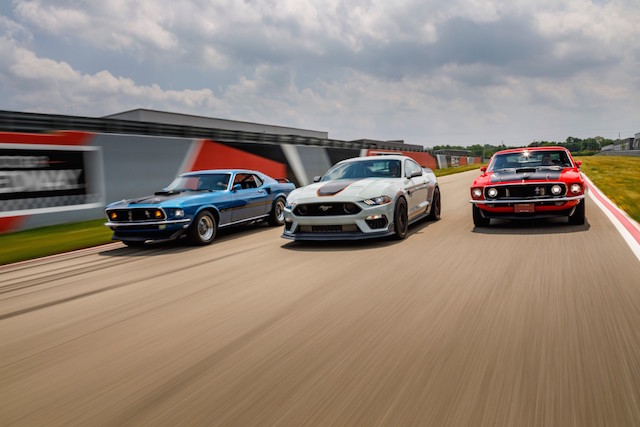
The Right Car Color for the Right Car
There’s also always been a belief that certain colors are right for certain cars. Pickup trucks are more utilitarian and don’t need a neon coating. Luxury sports car, meanwhile, are made to get people’s attention and are likely a more acceptable place for a bright-yellow coat of paint.
But sports cars haven’t been immune to the colorless trend. The Ford Mustang is a perfect example. In 1967, the muscle car was available nine shades of blue and two shades of pink. In the 1970s, brown was consistently among the top three most popular Mustang colors, but hasn’t been offered since 2000. Black, on the other hand, didn’t break into the top three until 1994 but has remained there ever since.
What Will Be the Most Popular Car Colors Moving Forward?
No one can predict the future, but we do know that trends change. As long as the demand for new colors is there, the supply will come with it.
There’s another reason to be hopeful for more vivid roadways. We view so much of our lives through the sharp, brightly colored images on our electric devices that it wouldn’t be surprising to see other shades pop up on cars in the near future. “We are all so impacted by our digital life through the pandemic, and the colors you mainly see are [on] your screen more than actual physical objects,” said Volkswagen’s Park. “The future is getting colorful, for sure.”
What color is your car? What colors would you like to see brought back? Let us know in the comments below.
If you want to try cars in all the colors of the rainbow, you can use your AAA membership to get a discount on Hertz car rentals.
Get more automotive history.
252 Thoughts on “Why Are Popular Car Colors So Boring? A Brief History of Car Paint”
Leave A Comment
Comments are subject to moderation and may or may not be published at the editor’s discretion. Only comments that are relevant to the article and add value to the Your AAA community will be considered. Comments may be edited for clarity and length.




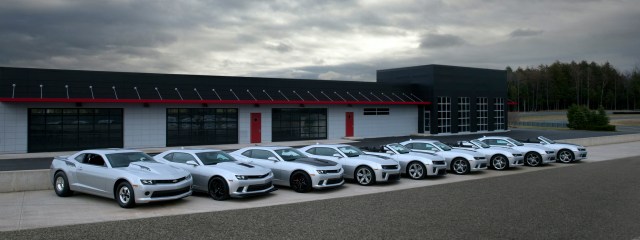

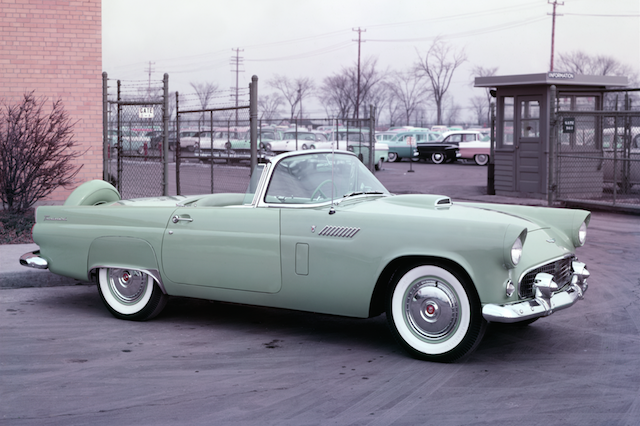
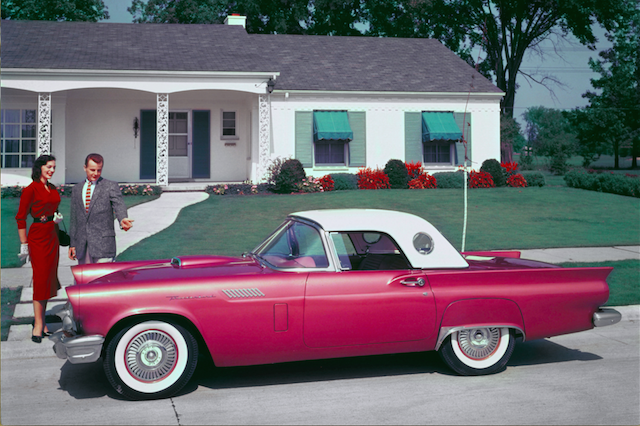
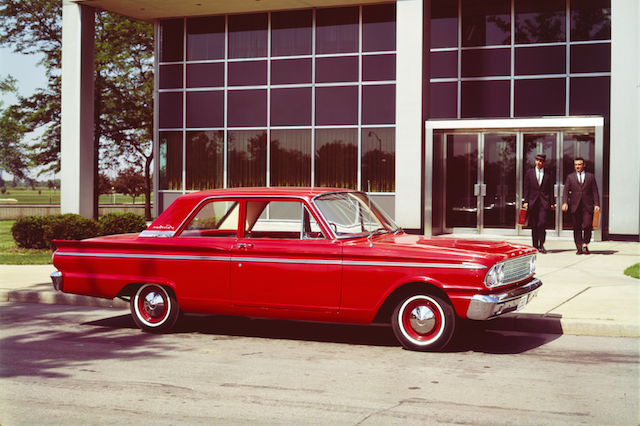
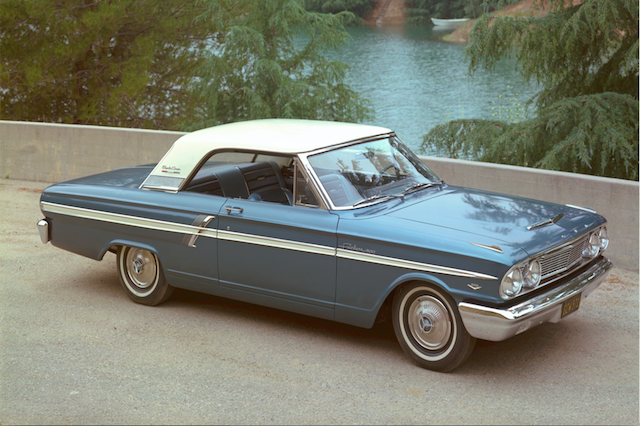
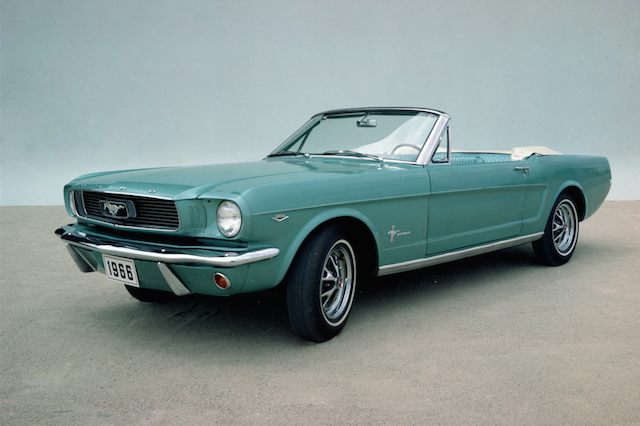
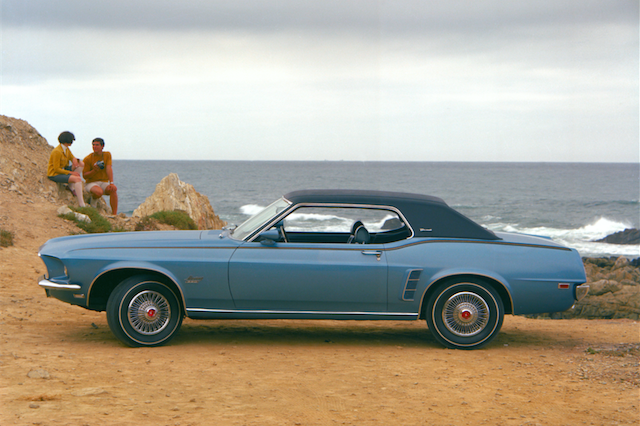









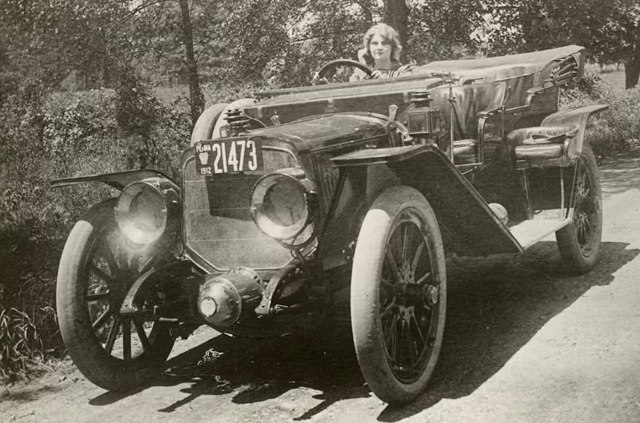

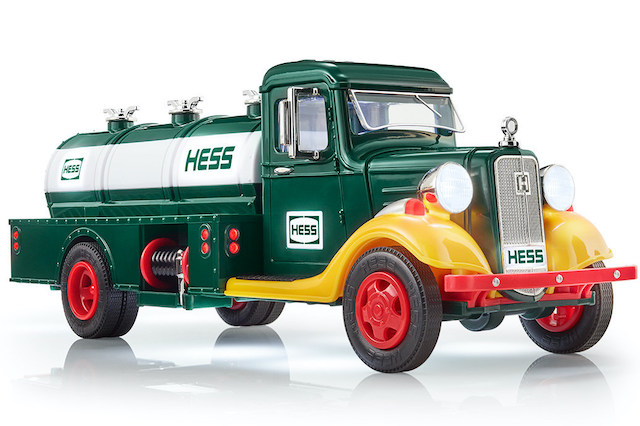

My first, brand new car was a 1997 Pontiac T-Top Firebird ( which I still own ) in a stock color of chamelion! It changes from a metallic blue to purple to teal depending on the sunlight. It is still and eye-catcher and super fun to attend car shows with. My daily driver is a Salsa Red, VW New Beetle convertible. Red flower in the bud vase. Talk about opposite ends of the car spectrum. It’s like being in a parade as you have to wave back to all of the little ones who are so excited to see it. Lots of fun, just in a different way. No silver, gray or white cars for me!
I loved my Orange RAV 4. Could find it anywhere. I now have a Red one but it is too dark for me. My other choices were the boring WBG colors or a hideous bright non metallic Blue.
My VW Golf is metallic blue. My wife’s VW Golf is hunter green. Not sure why, but perhaps because my eyes are blue and hers are green. Spent most of my working life in red vehicles (fire engines), so blue and green are pleasantly different.
I feel this is also happening with houses: I am so tired of gray houses!!!!
We have a dark metallic gray car, because it was what we found in a used car. I remember a rumor going around that red cars got pulled over more often for speeding — not sure what the cause and effect would be on that!
You hear a lot of stupid reasons why red cars get more tickets. I have two theories on this: 1. Most sports cars look great in red and these people tend to drive too fast, and 2. It takes a certain personality type (me included) to want a red car and these people also tend to drive faster. Who knows???
I had a red Scion for 12 years. Never got pulled over. Never lost the car in the parking lot either. Loved the color and the car. Because of its age it is now our 2nd car. They don’t make Scions anymore sadly. Now have a white Subaru. Like the car, hate the color but that’s all they had.
I call it “Smurfmobile” because of the wild bright blue color! It seemed only Toyota had that color 15 years ago…now everybody has that color.
I’ve had two 65’ Chevy SS Impala convertibles in Artesian Aquamarine (original color for a few GM cars), always get positive comments from all ages.
I have a white Lexus rx350 2015 and I love it! For some reason white doesn’t show dirt as readily as black or the darker colors and to me it is a pleasing color. Also, it doesn’t attract the hot sun as strongly!!!
When purchasing my Lincoln Continental 3 years ago I purposely shopped for something with ‘color’. My Jade Green ride gets compliments all the time.
Cruiser, how about a 1954 Ford Country Squire station wagon
Color, nothing can compare to DARK HIGHLANDER GREEN with oak trim rails, WWWs,
57 Caddie wheel covers.
Silver – because it reflects the light and is seen more easily. Not too hot. If I am cold, I can put on the heat.
I currently drive a 2010 Chevy Pickup in dark blue metallic flake color which I bought new.It still really looks great in the sun when polished .
My favorite color car way my 1995 Taurus in Forest Green . I got many compliments on its color when I had it.
First car was Autumn Bronze metallic – a really rich looking color – unusual for 1966 Olds Cutlass convertible. A later car was Bahama gold metallic – 1988 Acura Legend – the color was almost like ginger ale and just had a great look to it.
A large part of the white/black/silver/gray trend has to with how Americans buy cars. In Europe, dealers typically have only a selection of vehicles for potential buyers to see and test drive. They then order the car. In the US, dealers keep roughly 60 days’ inventory on hand. They keep in inventory colors that they can turn over quickly, and those tend to be the most conservative.
My current car is bright red, and the car I’m about to buy is sky blue. But I will admit I’ve had my share of grey, silver and black cars.
Always wanted silver or a medium grey car as that color doesn’t show the dirt like dark colors or white. Simplicity in the exterior but would love a beautiful tapestry fabric for the interior.
I had a 2004 Hyundai Santa Fe that was Medium Sand. I loved the color, or course, it is no longer available. I like a mocha color, Hyundai has eliminated that color as well. Chevrolet had a mocha color but no longer. I think I saw the color on an Escape.
I read this article with great interest. My grandfather, who was an artist, developed a thriving business as a car painter in Vermont in the early 1900s. Unfortunately, I never got the chance to meet him as he died in 1948 and I wasn’t even born yet. However, I did see the house/building where he painted all of his cars. It was a large multifamily house with 2 bays. His family lived in the other side. It was right downtown in a small New England town, where you would not think a business like this could even survive, let alone thrive. It is my understanding that he was one of the first to start painting cars, and as his reputation grew and word got around, customers came to him from many different states. He was able to provide his family with a very comfortable life, even sending all of his children to college, which was extremely rare for women back in the 1930s and 40s.
None of my mom’s family is alive now so I haven’t been able to find out much information about my grandfather’s business. This article filled in many of the blanks.
Thank you!
Color is so powerful. I kept hearing that over and over in the comments. Cars are the way we present ourselves and we do NOT ALL WANT TO LOOK ALIKE. I LOVE COLOR and I would refuse to buy a black car. Plus safety is a big concern for many of us but few people know the facts on car color and safety!
The car people have to get this info out there and consumer pressure will get more color on the road!
This will change when and if car manufacturers sell direct to the public and eliminate the dealers. The internet has made this possible and every year more consumers would feel comfortable purchasing a new vehicle via this method.
If I had a Dollar every time a dealer tried to sell me a White car that they couldn’t get rid of from their forced color allotment. Allowing the buyer to pick the exact color and shade would greatly increase the number of colors on the road.
The vehicle could then be painted with a lot of automation I might add as one of the last steps out of the factory.
I drive a bright yellow Kia Soul. The color is called ‘sunbeam.’ I’m so tired of drab colors, and I tend to associate these with being emotionally shut down, a lack of creativity, and a poverty of curiosity.